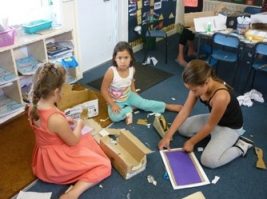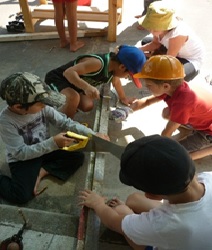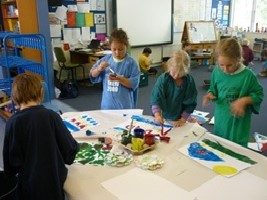I Time and Self Directed Learning (SDL)
I Time or SDL are based on the concept of play based learning.
What is Play?
Play is a child’s natural way of exploring the world we live in. Developmentally, play covers all aspects of learning – physical, social, emotional and cognitive. Play provides learning opportunities that are multi-sensory, interactive, creative and imaginative. Through play, children are not only learning about the
activity or working towards an outcome, they are engaging with each other, negotiating, sorting out arguments and establishing friendships.
They imagine, explore and invent. It is through taking risks, discovering new ideas and putting these ideas into action that learning takes place
Why it’s IMPORTANT
The New Zealand Curriculum identifies and values the Key Competencies. All of these can be developed through play-based learning. With recent developments in neurological research, play has been confirmed as the most
behaviourally, biologically and developmentally appropriate education to promote healthy childhood development.
What children are saying about I Time or SDL
‘Adults are there to help, but they don’t solve our problems and we have to think about how to ‘fix’ it ourselves.’
‘We have learnt that sometimes we have to make mistakes so we can learn from them!’
‘I’ve learned how to co-operate, how to share things and how to challenge myself.’
‘At the end of Discovery Time we have a chat and we talk about: what we have made, what we have learnt, what worked or what we need to change for next time.’
What Teachers are saying about I Time and SDL
‘The teachers are enthusiastic, share ideas and love the reflective sessions with the children at the end of each session.’
‘We are seeing heaps of benefits from I-Time & SDL. Children are organising activities themselves and cooperating and collaborating all the time.’
‘When we have our non-negotiable groups we are seeing a remarkably high level of focus from our students’



